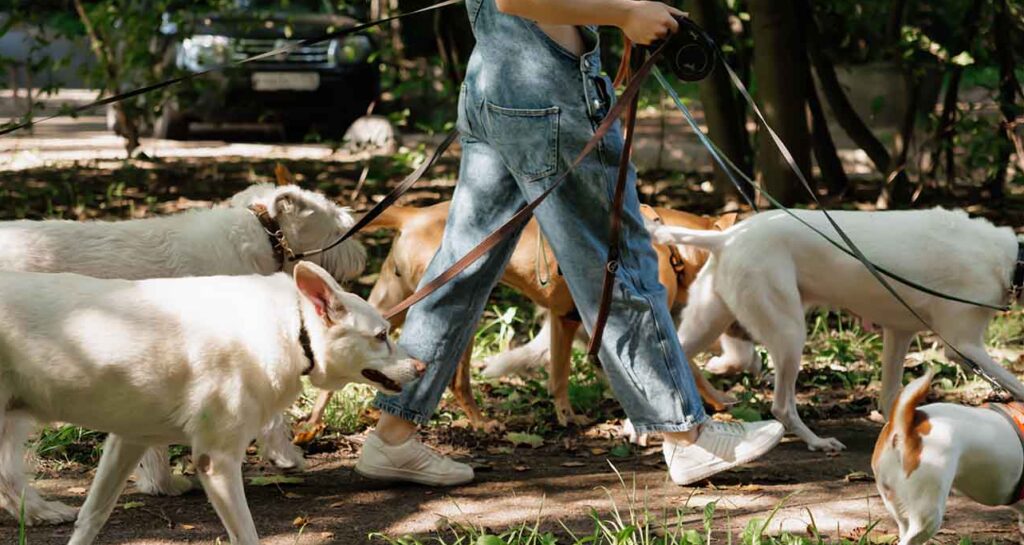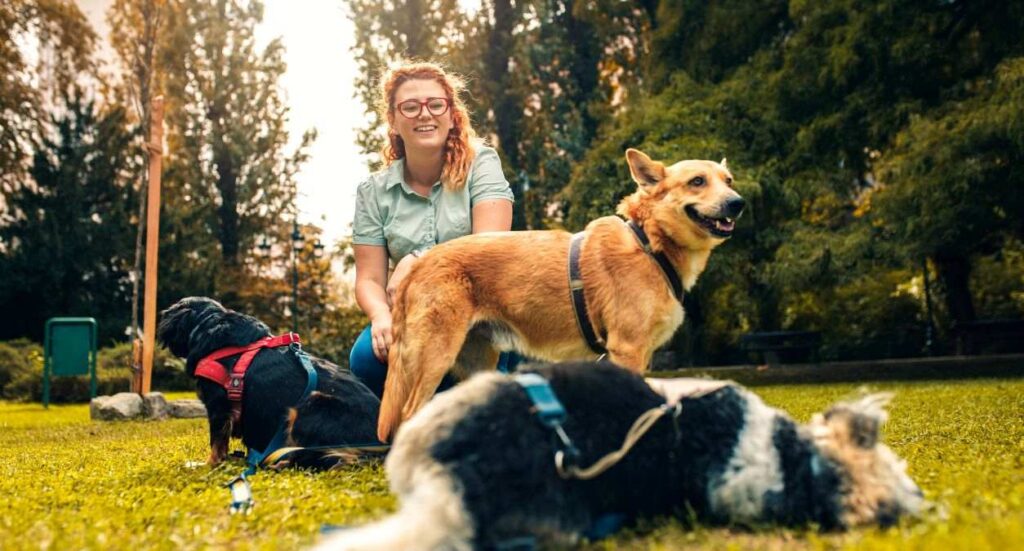Table of contents
If you run or are involved in a charity that needs to raise more money, then organising an event can deliver a real boost. It can give a focal point to your overall fundraising strategy, bring your community together, and help you give the public enjoyable experiences that makes them feel that they’re getting something in return for their donation.
However, putting on any event with success can be much easier said than done. There are plenty of things to take care of to ensure everything runs without a hitch, and that any problems don’t impact your ability to raise money. In this guide, we’ll look at seven vital steps around how to organise a charity event, covering all the big tasks before and after the big day, so that you can maximise the potential of your fundraising.
Work out your objective
It’s very easy for event organisers to lose focus of what they’re trying to do as their event plans get increasingly complex. So before you make any other plans, start by working out what your ultimate goal for the event would be. This could be a particular target figure for fundraising, a more general aim to increase awareness, or to sell a certain number of tickets and reach a desired level of attendance. Whatever the objective is, setting it out at the start and keeping it front-of-mind throughout can ensure you always stay on the right track.
Decide your theme and budget
With this objective set out, you can start to address some of the specifics of event organisation. Working out an appropriate budget is critical: after all, there’s no point spending £20,000 on putting together an event that’s only going to raise £10,000. If you have a theme in mind, then now is the time to commit to it, so that you can put your budget considerations into that context. But when it comes to money, the next two points are especially important:
Find a suitable venue
Location, location, location: it might be a well-worn phrase, but when it comes to a charity event, it’s absolutely critical. There’s a delicate balance to be struck between the accessibility of a venue and how much it might cost to hire. If looking at an indoor event, then church halls or school halls (if at weekends or during the holidays) are normally good, cost-effective options. For outdoor occasions, consider football, rugby and cricket clubs, many of which have associated bar and parking facilities, and are generally more than happy to earn extra funds for their own means.
Search for sponsors
Depending on the type of event, attracting event sponsorship from local businesses can be a major revenue generator. Many businesses may well be interested because being involved with a charity event can help them raise their community profile. However, they will naturally expect a return on their investment: this could be signage at the event, featuring in the programme, mentions on the website or social media, for example. And don’t necessarily think of sponsorship purely in cash terms: doing a deal in exchange for exposure (for example, venue hire or extra assistance with the event) can help you make substantial budgetary savings.
Market the event to your audience
Once you’ve got everything in place, you can then fire up your marketing operation, so that as many people as possible know what you’re doing, where you’re doing it, when it’s happening and what you’re raising money for. You have many different media and advertising channels open to you, but which ones to prioritise depends on your target audience. For example, for younger demographics, then a greater emphasis on social media is preferable; for older people, local papers and newsletters may have a better effect; and for families, try and get your event mentioned in communications from local schools.
Put management and volunteers in place
As the big day approaches, attention will turn to the nuts and bolts of the event, and making sure all the necessary arrangements are in place. You’ll need to cover every possible eventuality of who is doing, what, where and when, from the arrival of anyone taking part, through the public-facing core of the event, to tidying up at the end. You may also need to recruit some volunteers to help with all the jobs that often go overlooked, like admission, parking and refreshments. Along the way, you’ll also need to put the right insurance cover in place, especially Public Liability Insurance in case an attendee suffers an accident or injury.
Maximise fundraising post-event
Just because your event has finished doesn’t mean that your opportunities for fundraising are finished, too. There will be plenty of opportunities for follow-up activity that can help generate more donations from the public, especially in the first few days immediately afterwards. Consider getting in touch with local media, and hitting the social media channels, with info about the success of your event and how you’re still accepting donations. In the longer-term, a story about how the funds you’ve raised have been spent to good effect can also be good PR.
Get Event Insurance from Protectivity
*Disclaimer – This blog has been created as general information and should not be taken as advice. Make sure you have the correct level of insurance for your requirements and always review policy documentation. Information is factually accurate at the time of publishing but may have become out of date.
Last updated by

















